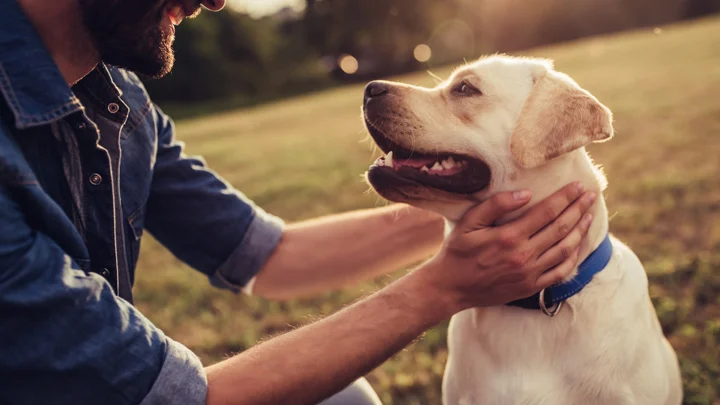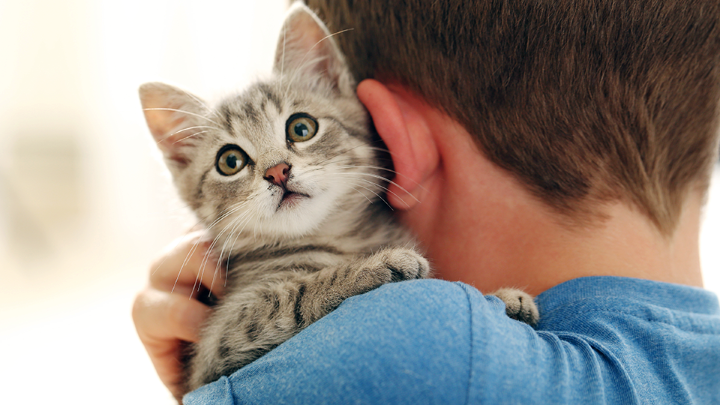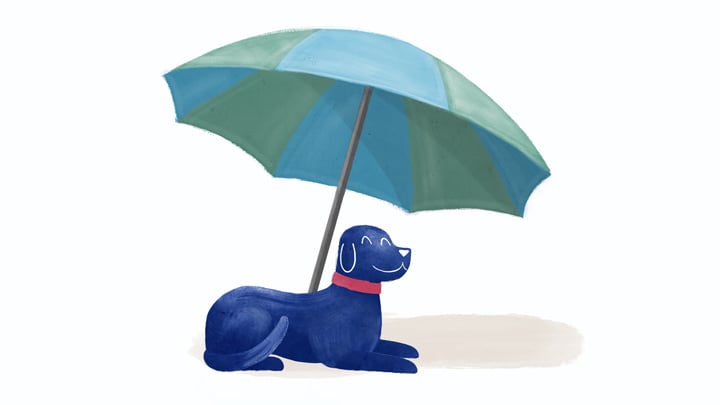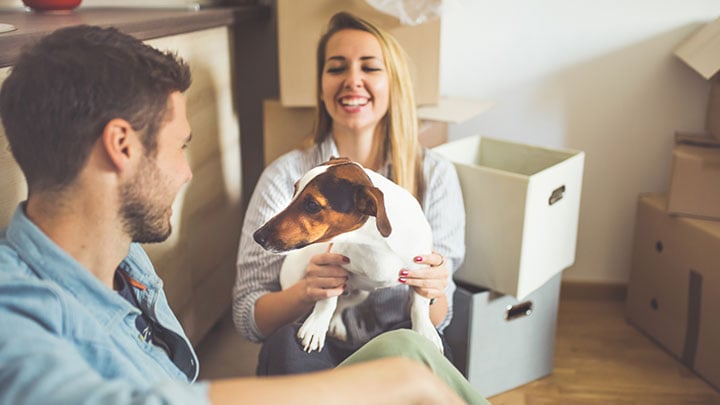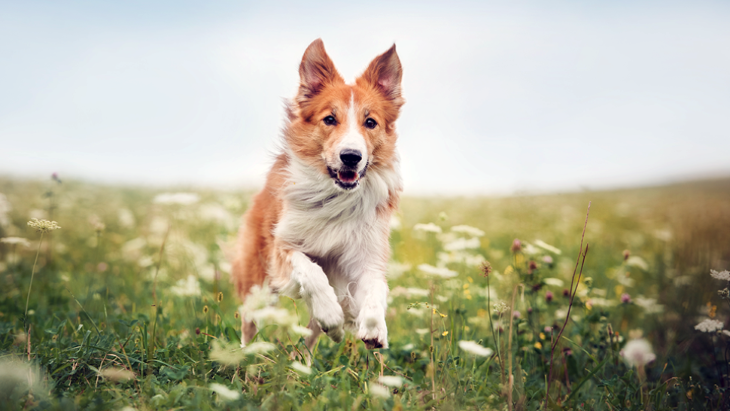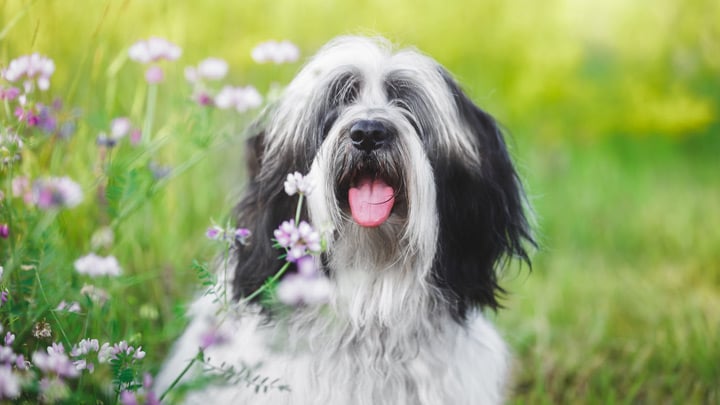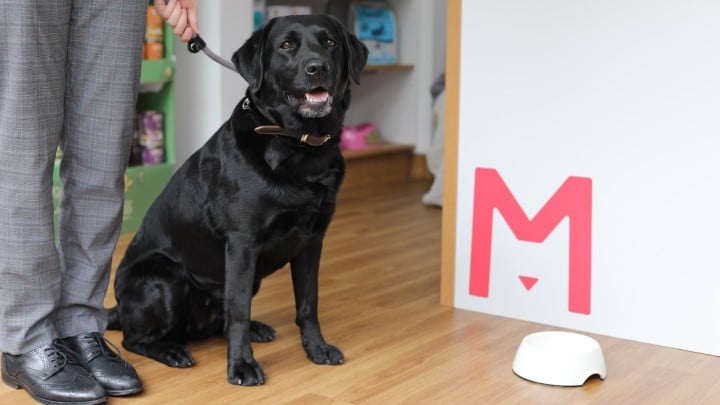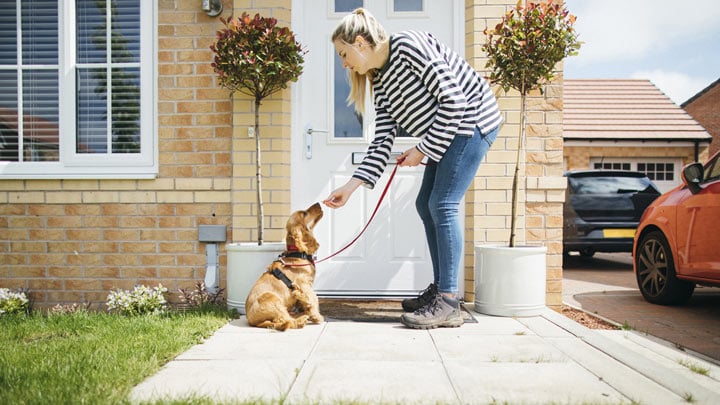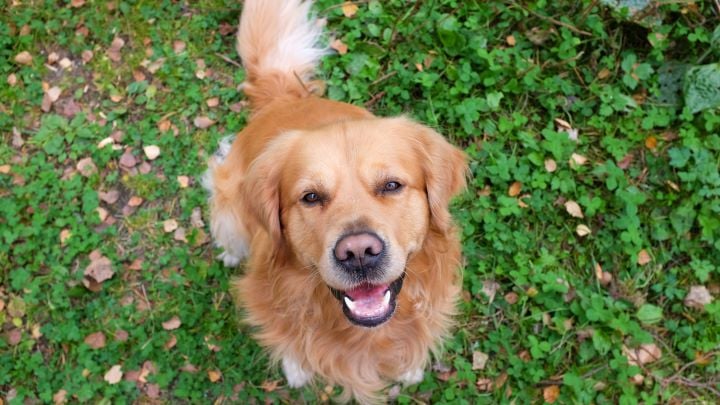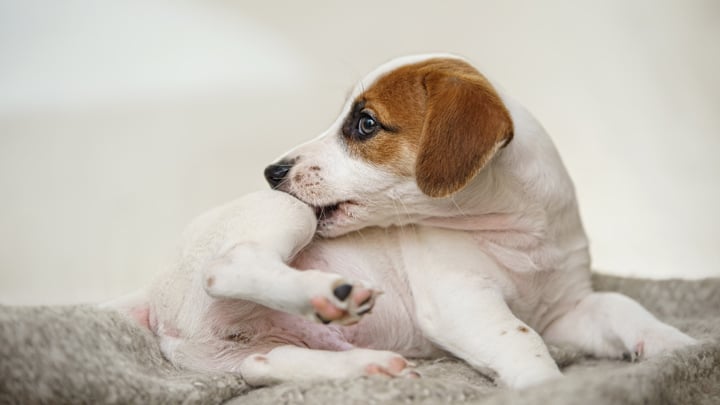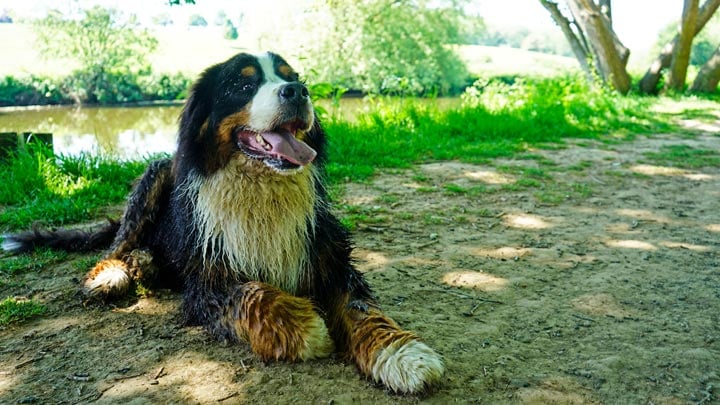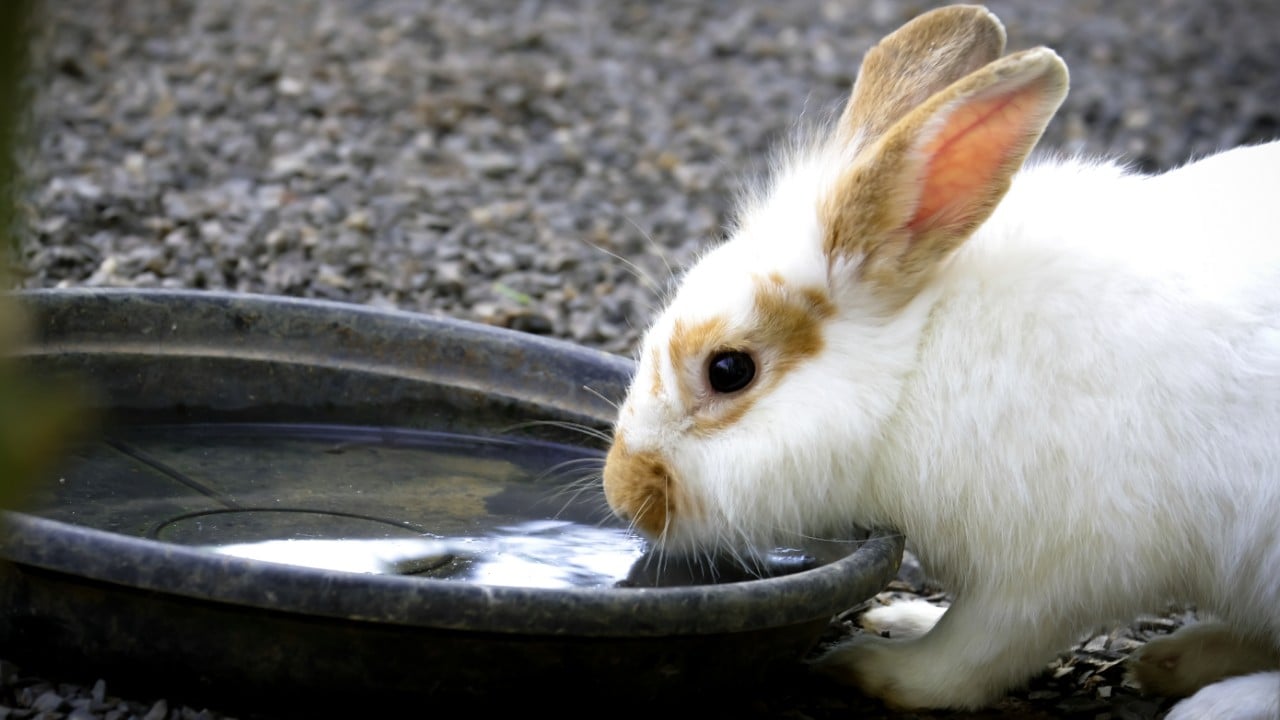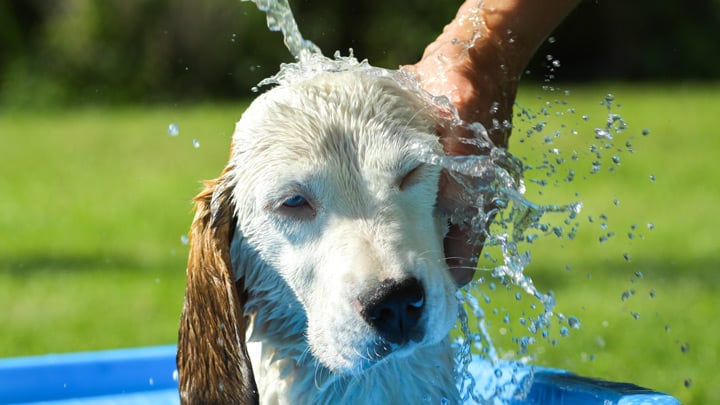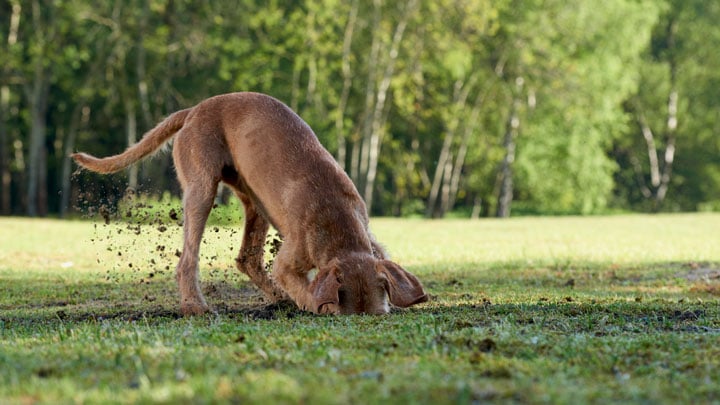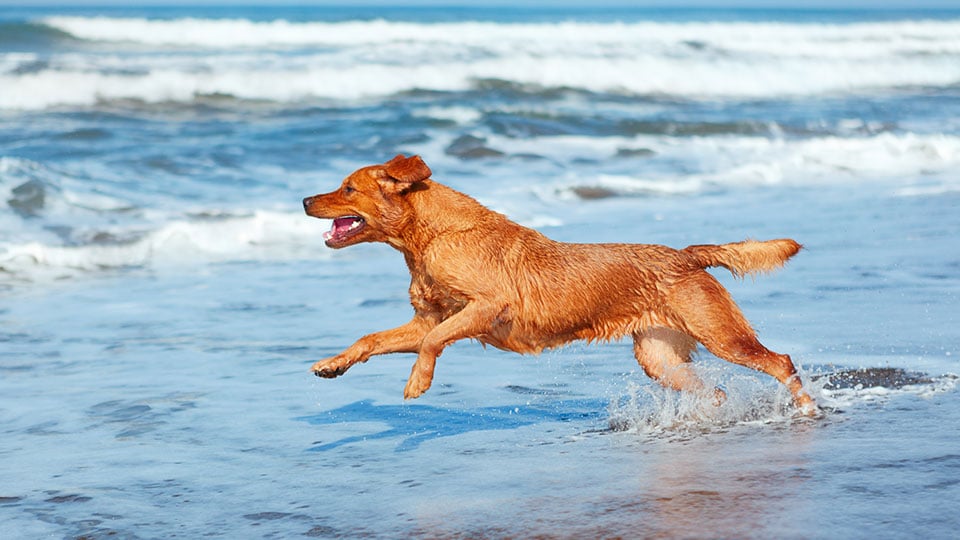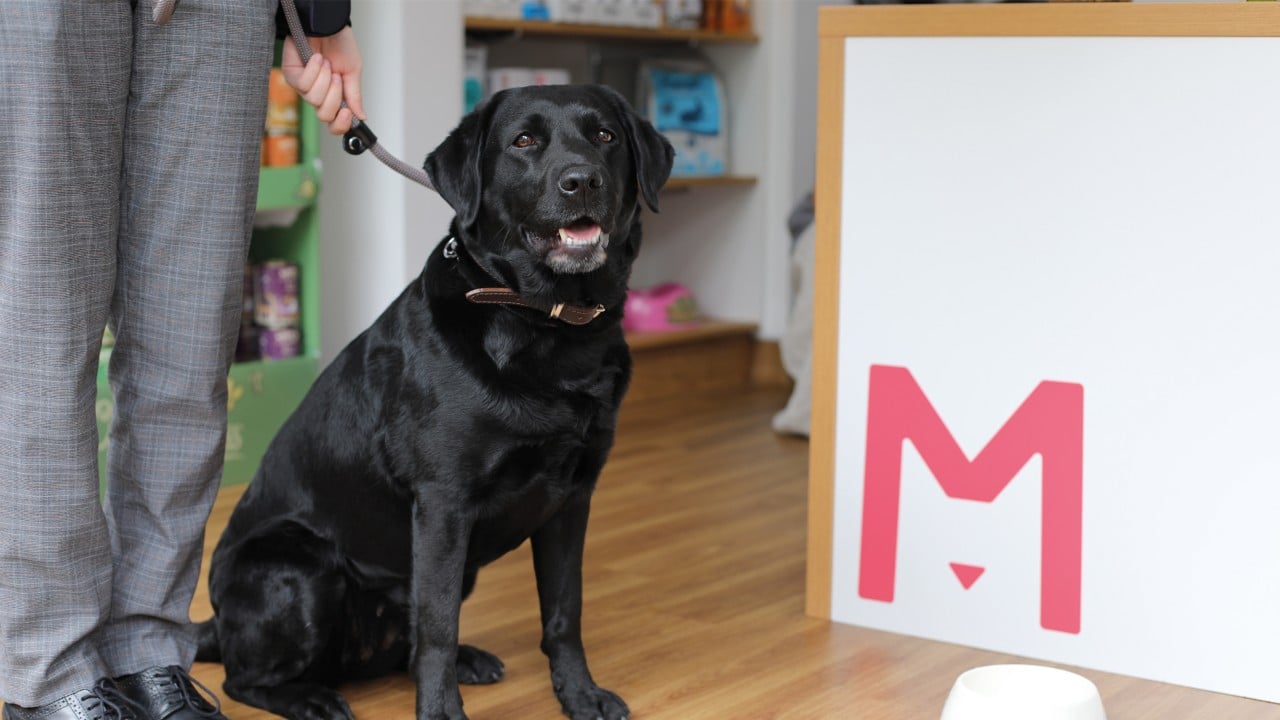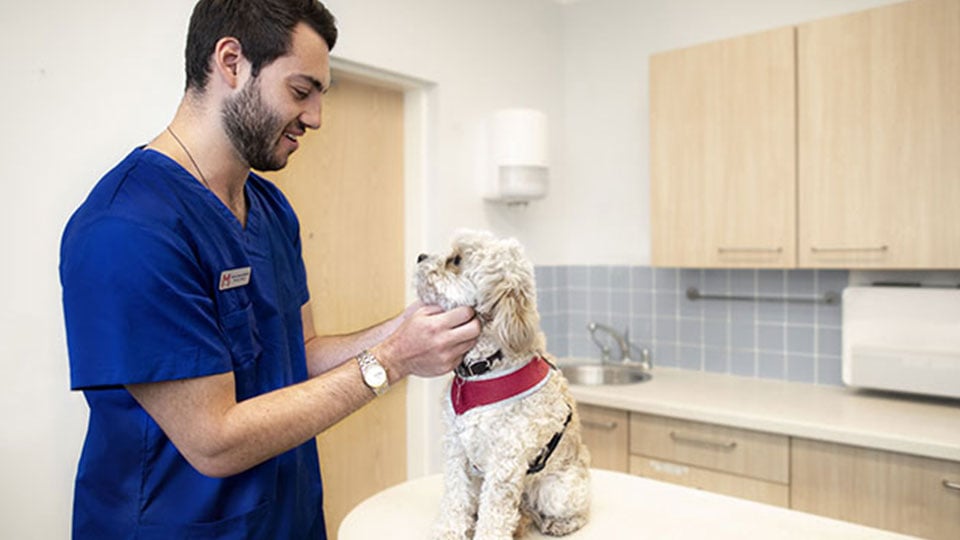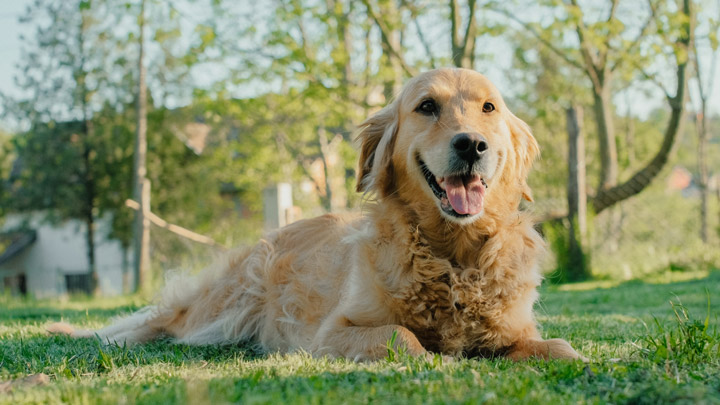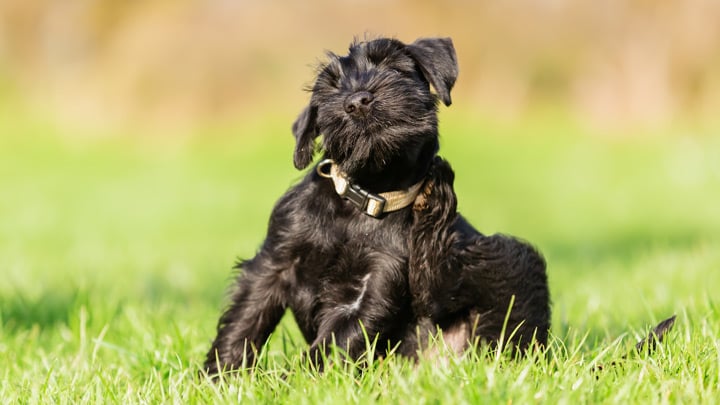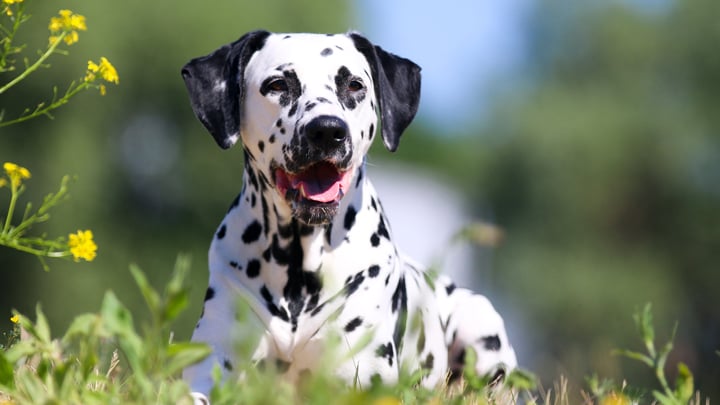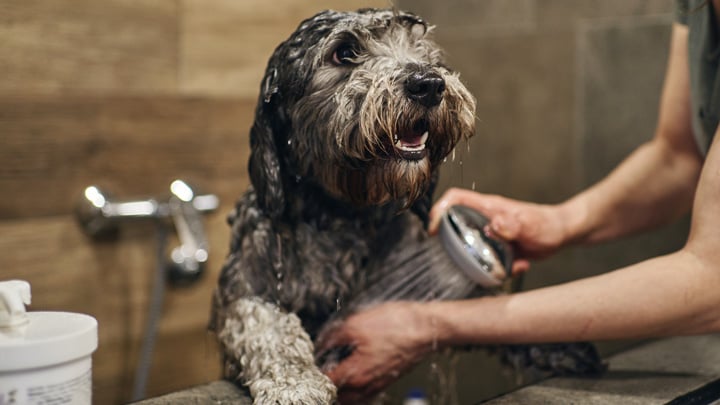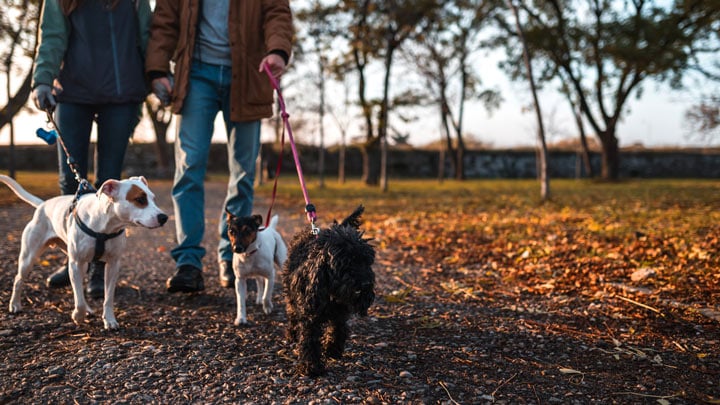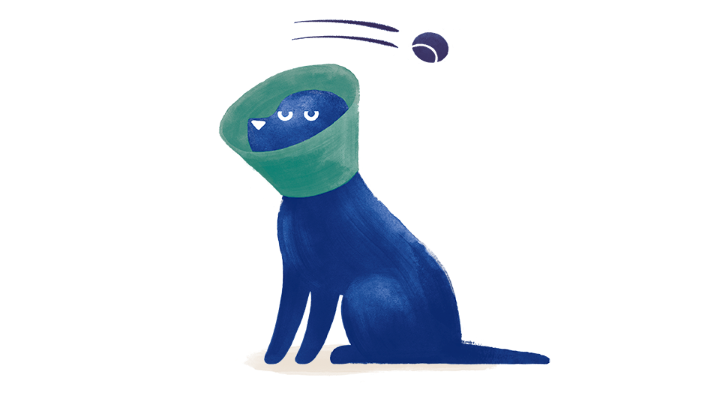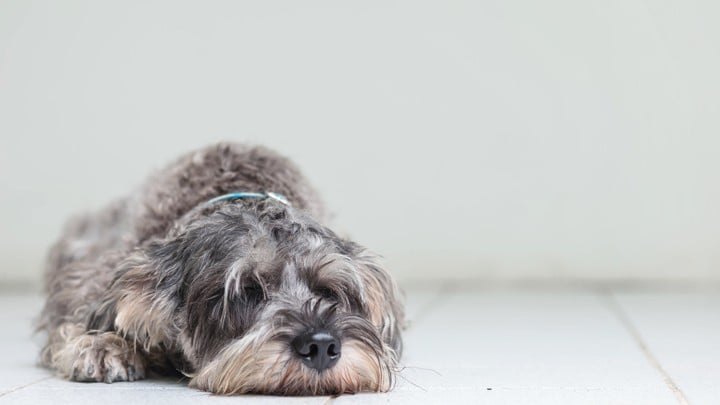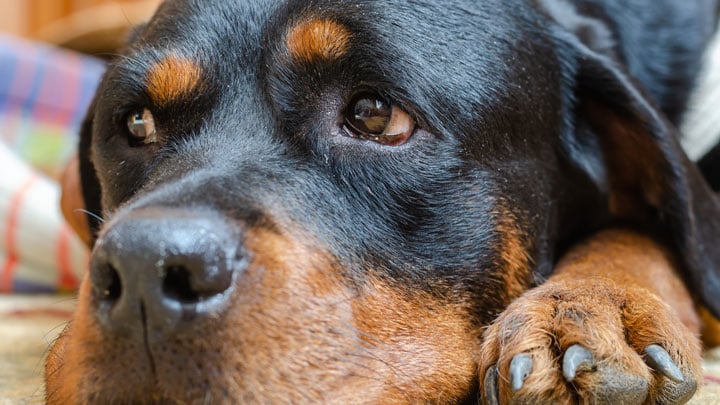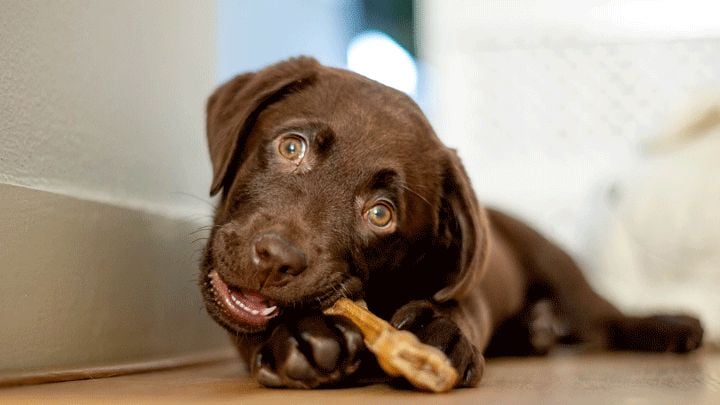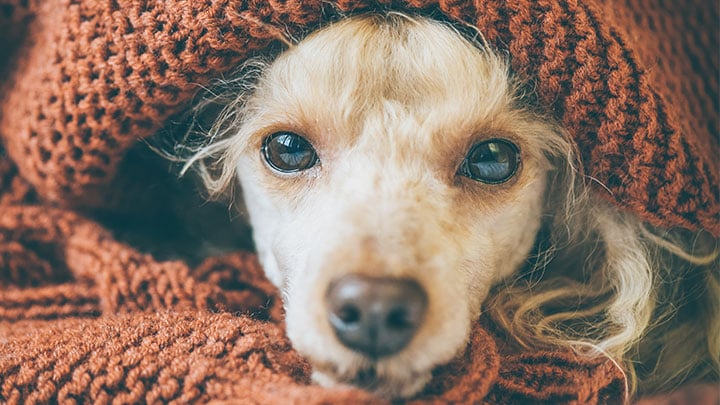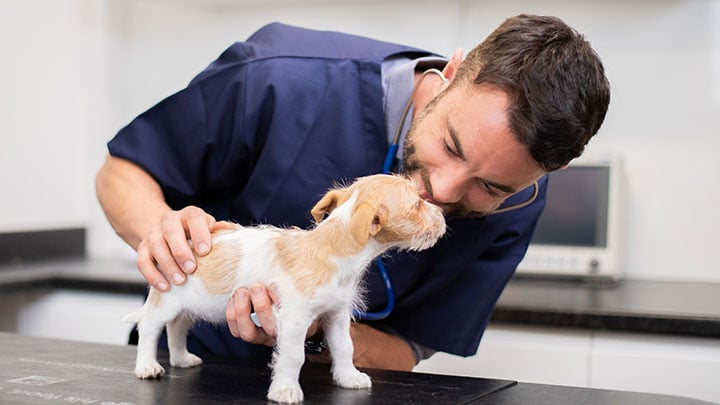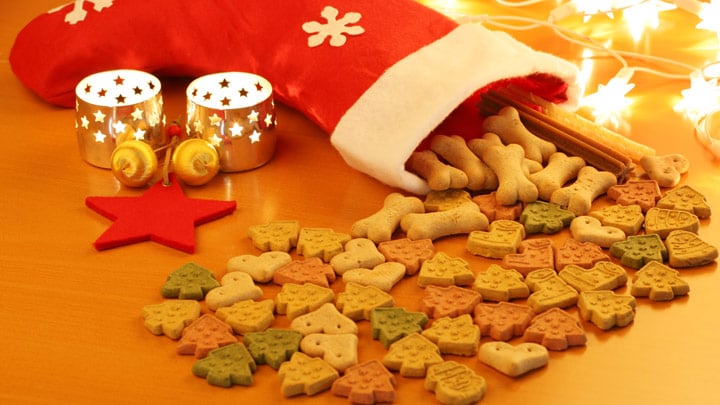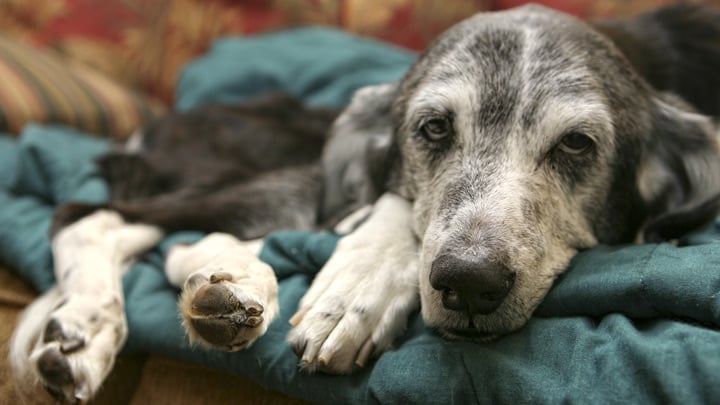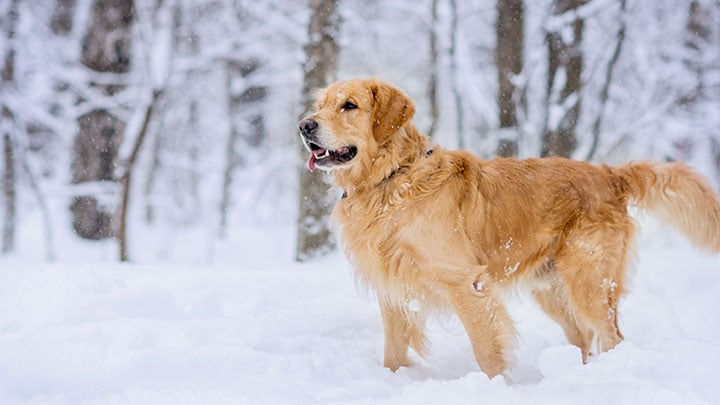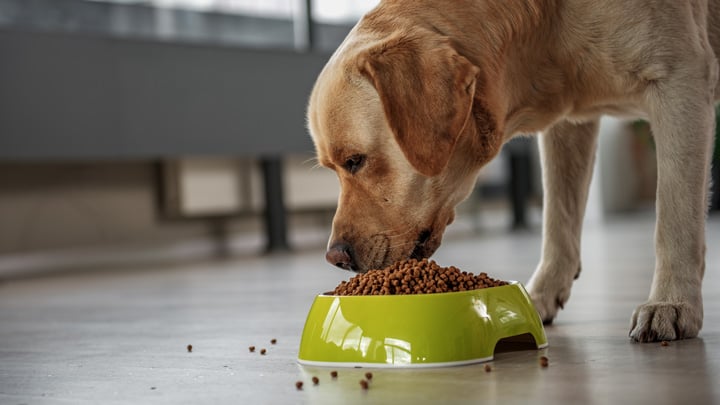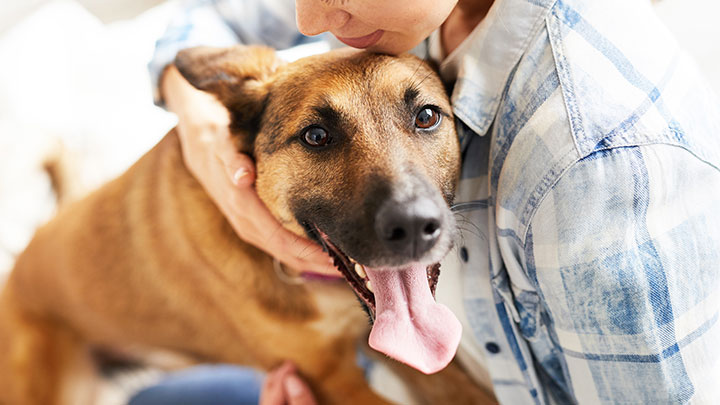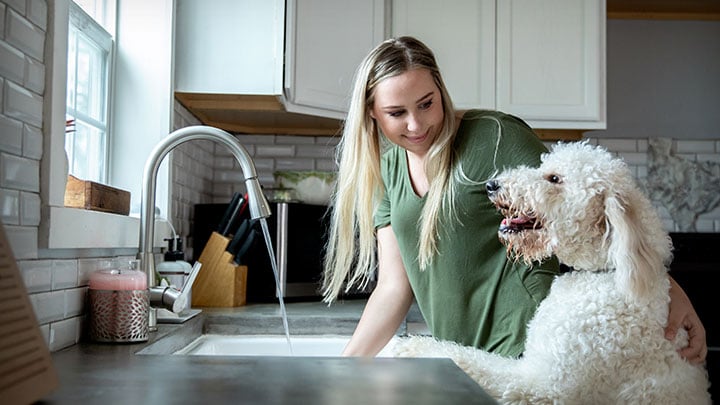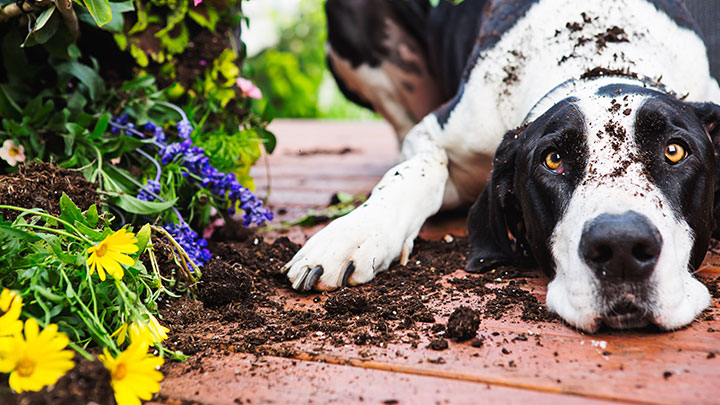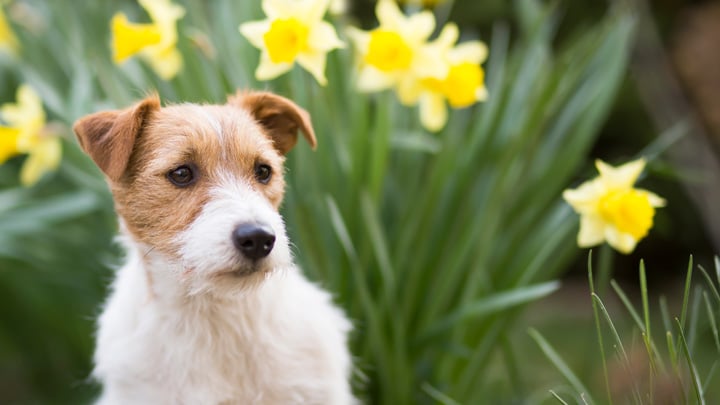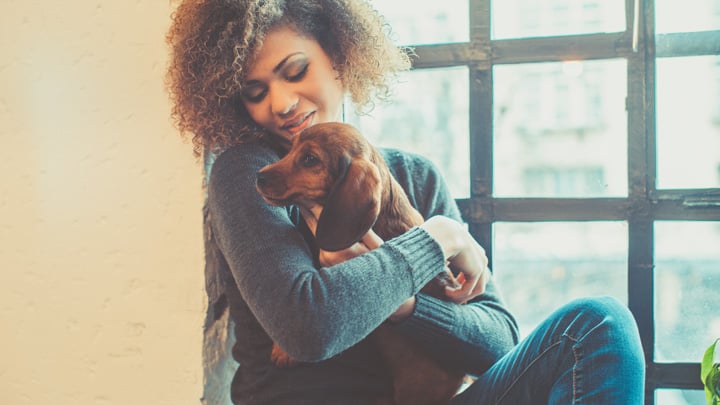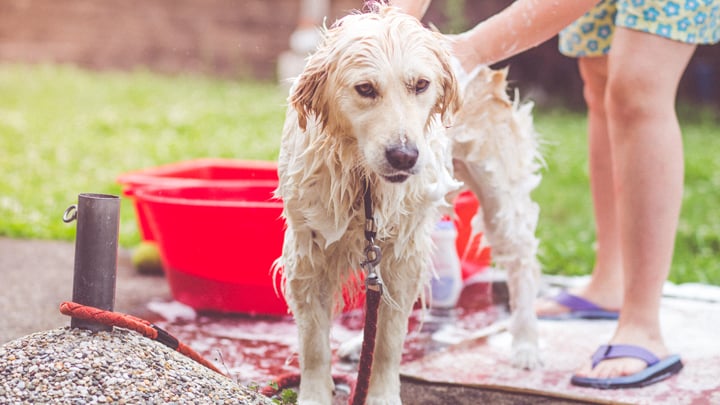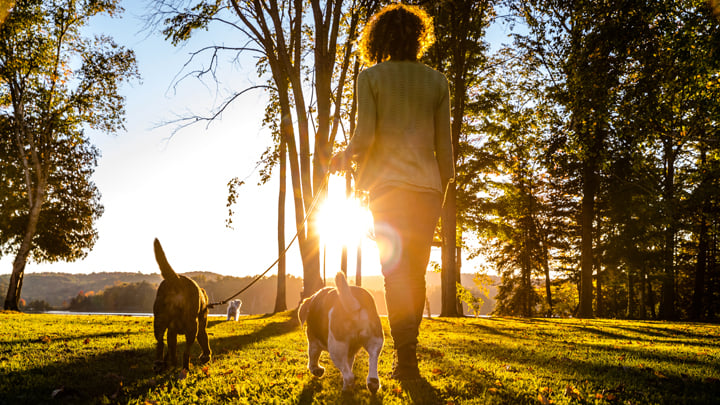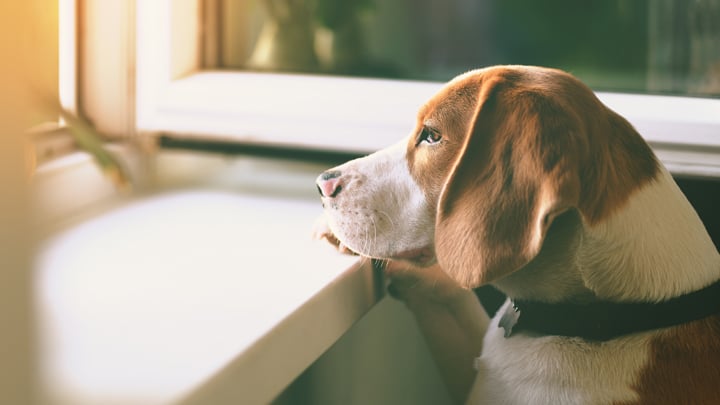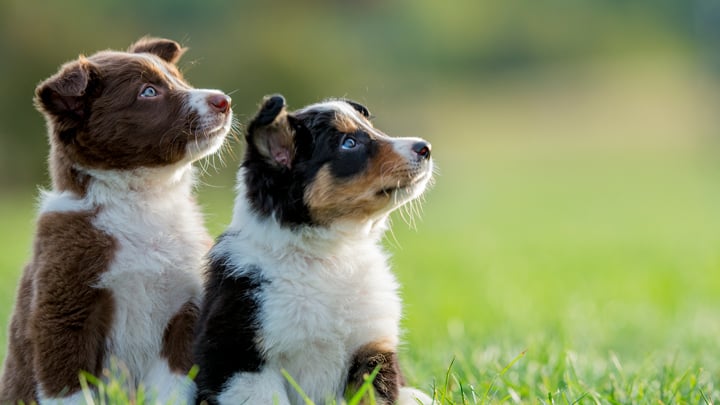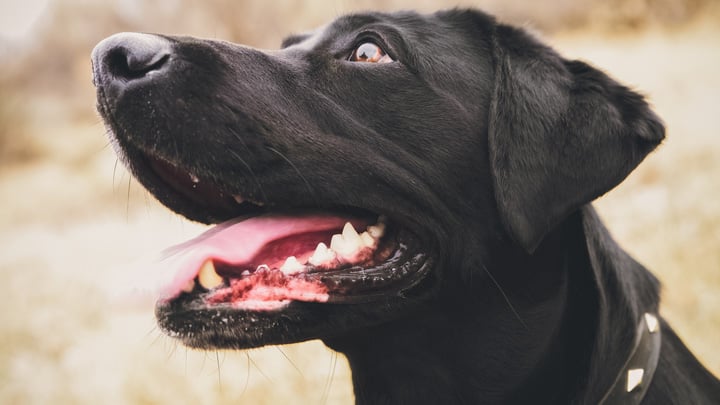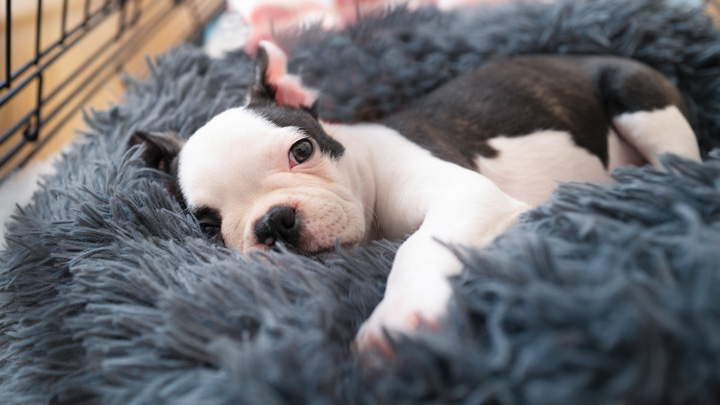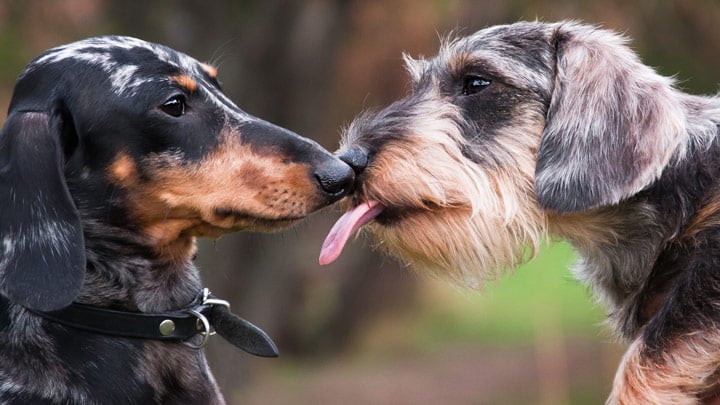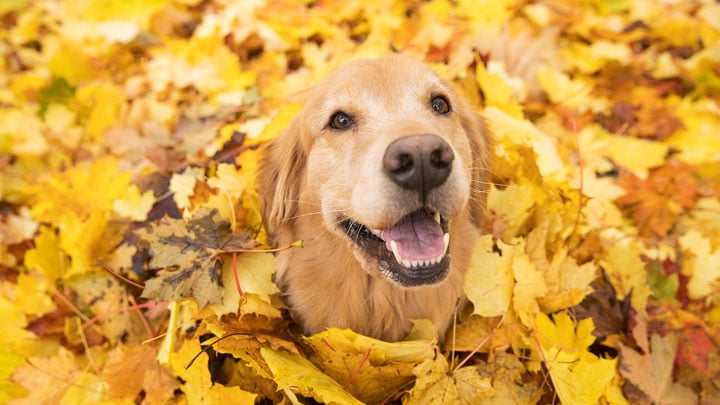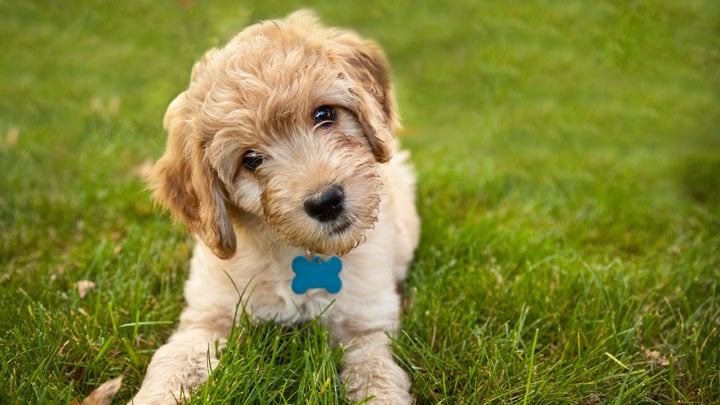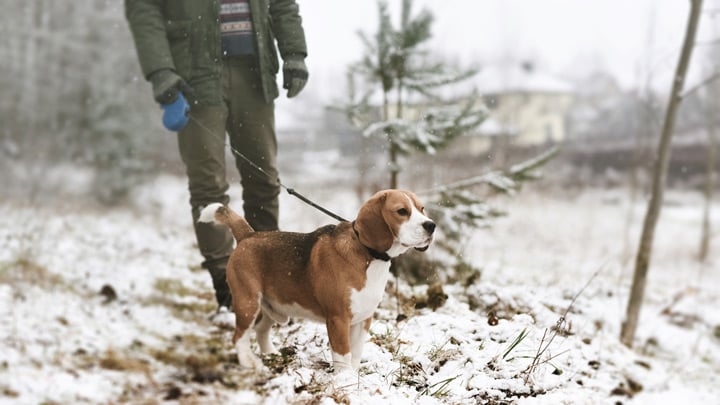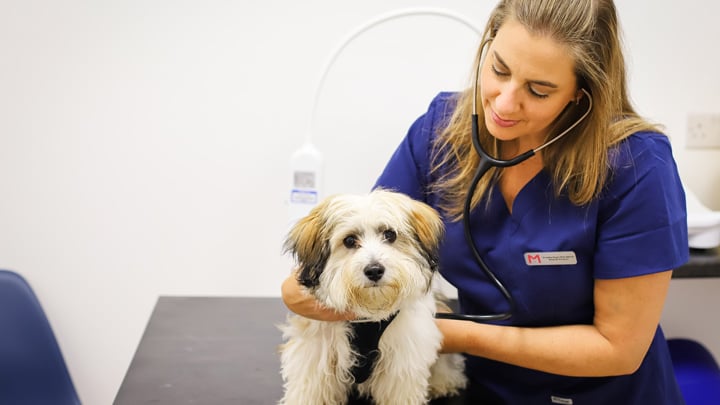Your Guide to Dog Nutrition
Feeding your dog the right diet can help keep them healthy for years to come. The right amount of food is equally important, as it plays a key role in maintaining a healthy weight. It’s very easy to overfeed a dog and this will play a part in their overall health and wellbeing in the future.

What is the best diet for dogs?
Unfortunately, there’s no one answer to this, as the ‘right’ diet varies depending on your dog’s needs. Dogs are omnivores, so have the ability to digest both meat and vegetables. Therefore they need a balanced diet of proteins, fats, fibre, minerals and vitamins. High-quality dog food is always better than a cheap, low-quality alternative.
Is wet or dry food best for dogs?
There are various types of dog food available, but dry food described as ‘complete’ is usually the best option. These contain all the nutrients your dog needs in a convenient form that’s easy to store. They’re also much better for your dog’s dental health than wet food as they help remove plaque and tartar from the teeth. Dry food also contains much less water and a higher concentration of nutrients, meaning you don’t need to feed them as much.
Wet food is also easier to eat for dogs who are recovering from injury or operation and can be beneficial for animals with certain illnesses.
Many owners opt for a mix of both as lots of dogs are partial to wet food, even if they do sometimes get themselves into a bit of a mess.
How to choose the right food for your dog
Whichever type you choose, always look at the ingredients list. These are listed proportionally, and as a general rule, meat should be the first ingredient as it’s the best protein for your dog’s body. Avoid foods that use broad terms such as ‘animal derivative’, ‘meal’ or ‘cereals’ in their first few ingredients as these generally indicate a lower quality food.
Your vet or nurse is able to offer tailored advice about your dog’s diet; they will take into account their age, lifestyle, and any existing health conditions.
What human food is poisonous to dogs?
Although it is tempting to treat your dog to food from your plate, you should take some time to learn which common human food is toxic to dogs.
Some common food to strictly avoid giving your dog:
- Nuts
- Onions
- Raisins
- Chocolate
- Leeks
- Garlic
- Leftover bones
Should I stick to the same food throughout their life?
Your dog’s nutritional needs change as they age, so you may need to alter their diet as they grow. For example, puppies under the age of one will need a diet that fuels their energetic lifestyle while supporting healthy brain, eye, and bone development. Similarly, dogs over the age of seven will need to switch to a food that supports their mobility and brain function.
Can diet help with dog health conditions?
There are occasions where dogs need to be fed a special diet to help support health conditions. These include dogs with kidney issues, joint pain and arthritis, skin problems, digestive conditions or food allergies. If your dog develops any of these conditions during their lifetime, you may need to switch their food to suit their needs. As always, your vet will be happy to recommend the best option.
If you do need to change their food for whatever reason, it’s important that you do so gradually as a sudden change in diet can upset their stomach and end up putting them off their food. Start by adding a small amount of new food into their usual food. Gradually increase the amount of new food you give them (while decreasing the amount of old food) over the course of a week until they’re eating only the new food.
How much should I feed my dog?
The amount your dog should eat relates to their breed, age and size. All dog food has guidelines on their packaging, and this is usually a good place to start. You’ll then need to keep an eye on their weight to tell whether they’re eating too much, or too little. Roughly speaking, you should be able to feel, but not see, the last two or three ribs when looking from the side, and a clear waistline when looking from above. Your vet will also check your dog’s weight at their next health check to ensure they’re the right size.
Once you’ve settled on the right amount for your dog, it’s a good idea to weigh it out at the start of the day to avoid overfeeding.

How often should I feed my dog?
Once you’ve decided how much your dog should eat, you can then divide this into small meals throughout the day. This is flexible, but two or three meals a day helps avoid bloat (a potentially fatal illness otherwise known as gastric torsion) which has been linked to feeding one large meal a day. Certain breeds including Great Danes, Irish Setters and Weimaraners, are particularly at risk of bloat, so smaller meals are highly recommended.
Some owners prefer free feeding over strict mealtimes. This is where food is left in the bowl for their dog to choose when and how much to eat. If you prefer this method, it’s important to measure out their recommended daily amount at the start of the day and top up the bowl from that amount. Once it’s gone, it’s gone.
Consistency is key, so always stick to your chosen feeding routine.
How many treats can I give my dog?
There’s nothing wrong with the odd treat to reward your dog’s good behaviour, but it’s important not to overdo it as they can be highly calorific. Always opt for treats that are low in sugar and carbohydrates and limit the amount you give them. Treats should make up no more than five to 10 per cent of your dog’s diet. Larger treats can be broken up into smaller pieces, meaning you can still give your dog a few tasty rewards without feeding them too much.
Many dogs enjoy fresh fruit and vegetables which are much lower in calories and generally better for your pet. Apple pieces, blueberries and small carrots are just a few examples that tend to be popular with dogs. It’s still important to limit these treats as they can be high in natural sugars.
Whilst fruit and veg in small quantities are okay, other human treats can cause real problems. Most dogs are masters at ‘begging for a treat’ when you or your children are eating. A small human treat might not seem like much, but they add up and can lead to your dog piling on the pounds and developing a taste for biscuits, exacerbating the begging behaviour and the puppy-dog eyes.
If you do decide to treat your dog, it’s important to slightly reduce their regular food to balance out their daily intake.
Don’t forget to hydrate
Water is an essential part of your dog’s nutrition, and not drinking enough carries serious consequences. Most dogs drink enough water, but some may not, so you may need to find ways to actively encourage them to stay hydrated.

The size of their water bowl can play a part in how much dogs drink; tall, narrow bowls are best for dogs with long ears such as Bassett Hounds and Spaniels; low shallow bowls are best for small breeds; and a large, wide bowl suits medium and larger breeds. Make sure their water is always fresh, clean, and easily accessible to encourage regular drinking. If your dog still isn’t drinking enough, giving them wet food can supplement their water intake.
In some cases, a lack of thirst can be a sign of an underlying condition. If you are concerned about your dog's diet or have questions about the right food, speak to your local Medivet.
Dog Nutrition FAQs
Deciding how much you need to feed your dog depends on several factors such as their breed, the type of food you intend to feed them (wet or dry), the number of meals and feeding schedule, the dog’s body weight, metabolic rate, and the amount of exercise they get. Most dog food has a feeding guide on the packet which gives you a good indication of the amount. We do recommend speaking to your local vet to determine the best diet for your individual dog.
Due to the digestion times of canines being around four to six hours, it’s recommended that the best time to feed your dog is early in the morning at around 7am, and in the evening around 6pm. This ensures an equal distribution of food throughout the day, and the previous meal will have been thoroughly digested.
A dog that needs to lose weight should be fed two to four small portions a day, and the total number of calories for all meals and treats must equal the number of calories desired for weight loss, which you should speak to your local vet about.
Related Dog Advice

Our Healthcare Plans For Your Dog
With the Medivet Healthcare Plan, you can save an average of £285 each year and that’s without discounts that the plan offers on top.
Learn more


